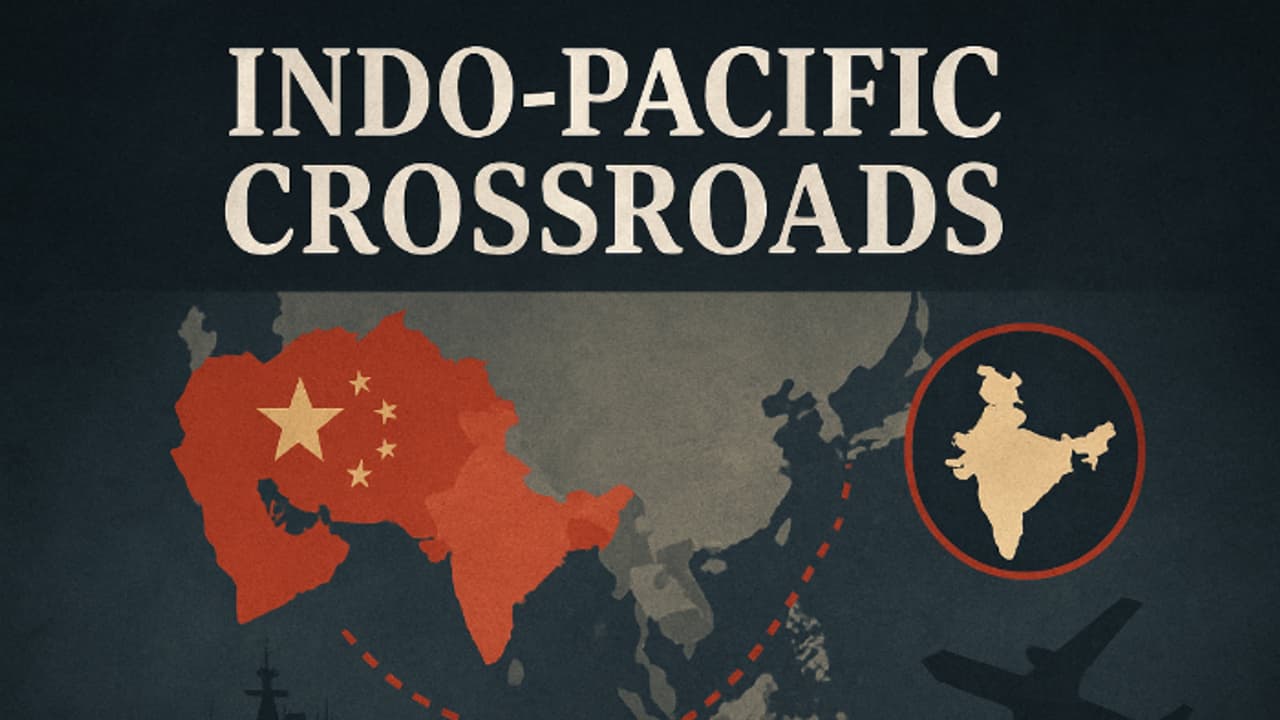The Indo-Pacific which stretches from the eastern coast of Africa to the Western coast of the Americas, is setting up to be not only an engine of global trade but it is shaping up to be a potential stage for a neo-cold war style contest.
There’s a huge overlap in economic, security and geopolitical interests for the United States, China, India along with regional groupings like ASEAN which are jostling to redefine future of the region. As the SCO summit is scheduled for August 31, the Global spotlight is one again on the growing fault lines.
The Strategic Stakes of the Indo-Pacific
The region is strategically extremely important as nearly 60% of Global GDP and almost 2/3rds of vital international trade pass through the Indo-Pacific. The region is home to vital sea routes like the Malacca strait and the South China sea. It’s importance in undersea resources, transport of energy supplies is unparalleled.
The United States vows to maintain ‘Freedom of Navigation’ and ‘rules based international order’ in the region. With the Chinese threat ever looming, it’s aggressive political claim over all of South China sea, the Indo-Pacific is not just a line but is also a frontier. It is a zone that must be secured. For India, it is a sector that poses great opportunity as well as threat. Meanwhile, ASEAN as a regional co-operation tries to balance it’s economic dependence on China and maintain it’s regional autonomy.
China’s Maritime Assertiveness
China’s rise in the Indo-Pacific is marked by dual strategies. It’s policy of economic enticement and military muscle poses as a security threat. The Belt and Road (BRI) has established Beijing’s strategic footholds in countries such as Sri Lanka, Pakistan, Cambodia and Maldives. Hambantota, Gwadar not only offers China with commercial leverage but also comes with latent military utility.
Militarily, China has transformed the South China Sea into a quasi-lake. Artificial islands with military installations, airstrips, and missile systems give China strategic depth — but they also provoke pushback from Southeast Asian claimants like Vietnam and the Philippines, and from extra-regional powers like the US and Australia.
